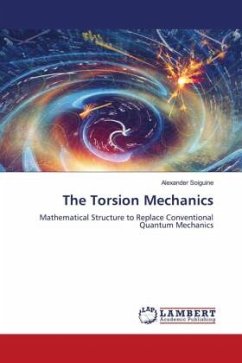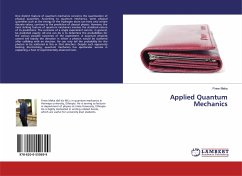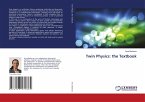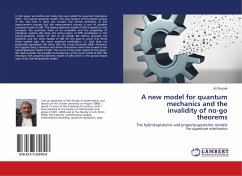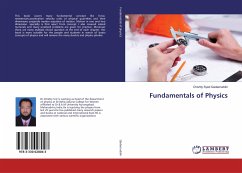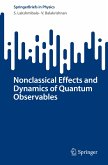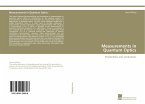The suggested formalism demonstrates that the core of future quantum computing should not be in entanglement, as common wisdom reads, which only formally follows in conventional quantum mechanics from representation of the many particle states as tensor products of individual states. The core of quantum computing scheme should be in manipulation and transferring of wave functions as operators acting on observables and formulated in terms of geometrical algebra. In this way quantum computer will be a kind of analog computer keeping and processing information by sets of objects possessing infinite number of degrees of freedom, contrary to the two value bits or two-dimensional Hilbert space elements, qubits.I will talk and deal with objects unspecified in conventional quantum mechanics. The beginning of our long journey starts with generalization of complex numbers the seminal idea of which is explicit introduction of a variable "complex" plane in three dimensions that immediately eliminates all questions like "Why do we need imaginary unit in quantum mechanics?"
Bitte wählen Sie Ihr Anliegen aus.
Rechnungen
Retourenschein anfordern
Bestellstatus
Storno

